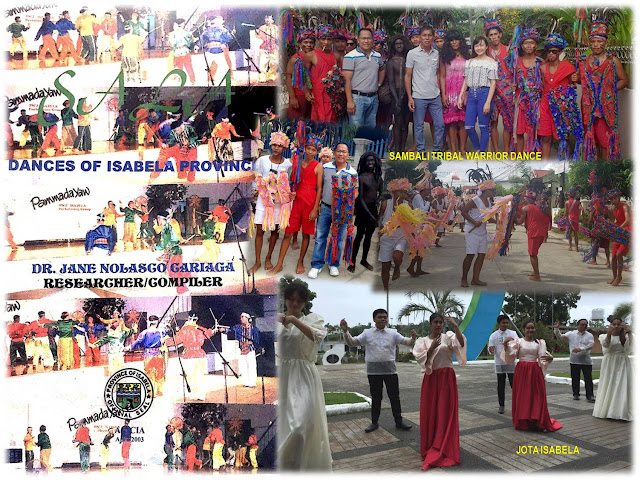5. BURIAL PLUS CONTROVERSY
BURIAL
PLUS CONTROVERSY
Dr. Troy
Alexander G. Miano
19 November 2016
Traffic
met us as we vied for the exit of the Skyway at the SLEx (South Luzon
Expressway) near the Magallanes Interchange in Makati City. As I searched
Google for the reason behind the bumper to bumper traffic, we realized that we
were caught at the tail end of a rally denouncing the secret burial of the
country’s former dictator, Ferdinand E. Marcos. After four gruelling hours
crawling at EDSA, we reached the bottle neck at the People Power Monument near Camp
Aguinaldo in Quezon City. Marcos’ burial at the Libingan ng mga Bayani in Taguig
City sparked protest from all sectors of society in the streets and in social
media.
Having taught history subjects at the University of La Salette
and Isabela State University, refreshed my memory on instances in our past when
burying the dead became controversial. A similar secret burial happened in our
history over a hundred years ago when the Spaniards had secretly buried Rizal’s
remains in Paco Cemetery to prevent a cult of martyr-worship. Dr.
Jose Rizal was tried before a court-martial for rebellion, sedition, and conspiracy and was convicted on all
three charges thus sentencing him to his death.
Another
episode in Philippine history about burying the dead was the Dagohoy Rebellion
which occurred in Bohol during the Spanish Era. The insurrection was ignited by
polo y servicios (forced labor), bandala, excessive tax
collection, and payment of tributes. On top of these injustices from the friars, what triggered Francisco Dagohoy
(baptized as Francisco Sendrijas) most was the refusal of Fray Gaspar Morales, a
Jesuit curate of Inabanga, to give a Christian burial to his brother Sagarino who
died in a duel in 1744. This caused Dagohoy to call upon his fellow Boholanos
to raise arms against the oppressors. The uprising killed Morales and they were
able to defeat the Spanish forces sent against him. Dagohoy established the
Bohol Republic on December 20, 1745. The rebellion lasted twenty Spanish
governors-general and several missions.
Over
a century earlier in Cagayan Valley, the indigenous Gaddangs of Pilitan, now a
barangay of Tumauini town in Isabela province, assassinated encomendero Luis Enriquez in 1608
because he treated the Irrayas with so much severity. The natives thrusted him
through a lance and though not clearly narrated by historians, was boned and was
not given a proper Christian burial.
Marcos died on
September 28, 1989 and was secretly buried today with full military honors;
however, the stigma of his administration was not buried with him and will
forever be part of our nation’s history – a tragedy
for the victims of Martial Law but a victory for the Marcoses and his allies.
After Rizal’s
execution on December 30, 1896, his sister Narcisa toured all possible
gravesites outside Intramuros (old Manila) and found freshly turned earth at
the cemetery with guards posted at
the gate. Assuming this could be the most likely spot, there never having any
ground burials, she made a gift to the caretaker to mark the site
"RPJ", Rizal's initials in reverse. The bones were later transferred
to the house of Rizal’s sisters Josefa and Trinidad in Bonondo, Manila. On the
14th death anniversary, the urn containing Rizal’s bones and other
souvenirs were interred at the base of his monument in Rizal Park.
Because of the denial of a Catholic burial for Dagohoy’s
brother, the longest rebellion in Philippine history which lasted from January
24, 1744 to August 31, 1829, a total of 85 years, took place with hundreds of Dagohoy's followers preferred
death inside the cave-headquarters in Magtangtang in Danao town than surrender.
Their skeletons still remain in the site.
Double tragedy for encomendero
Enriquez for aside from being assassinated by the natives, his remains was
desecrated. In the book entitled “Cagayan Valley and Eastern Cordillera
1581-1898” authored by Fr. Pedro V. Salgado, OP, revealed that his shin-bones
were used to make steps to go up the house of the Irraya chief.




Mga Komento
Mag-post ng isang Komento